
Holloway guided the Eagles to the Premier League through the play-offs last season after finishing in fifth place. Since winning promotion tehy have not been big spenders, signing Dwight Gayle for £6 million pounds, Marouanne Chamakh for an undisclosed amount and a handful of other players on free transfers. This signalled that the club was not going to spend a fortune trying to stay in the Premier League. This is always a delicate balancing act and Holloway has been here previously with Blackpool when he failed to keep them in the Premier League after the club followed a similar frugal approach to it's only season in the Premier League.
The pressure on Holloway now seems to indicate the club owners are more willing to take a punt on survival, though it's unclear why any investment would be more productive with a different manager.
It does however seem premature to consider changing manager for a promoted club. It would also seem disloyal when Holloway has been so instrumental in getting the club to this position in the first place. An analysis of the recent history of the Premier League's promoted clubs suggests however that promoted clubs are developing a greater tendency to get rid of managers in their first season after promotion. The table below shows the clubs (in bold) that have parted company with their manager within a season after gaining promotion to the Premier League. The clubs highlighted in yellow were those relegated in their first season.
It's more likely to be a hard-nosed business decision. The only manager of a club promoted through the play-offs to retain his job while not avoiding the the drop is Ian Holloway himself. The odds are short on him doing something similar this year.
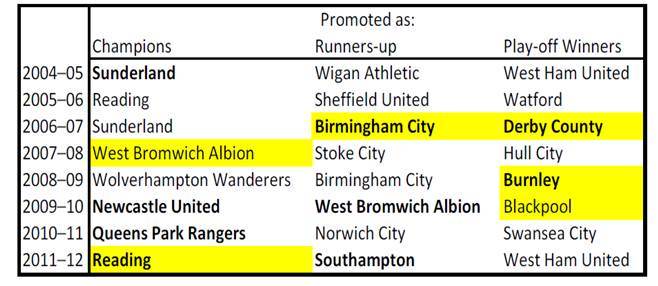

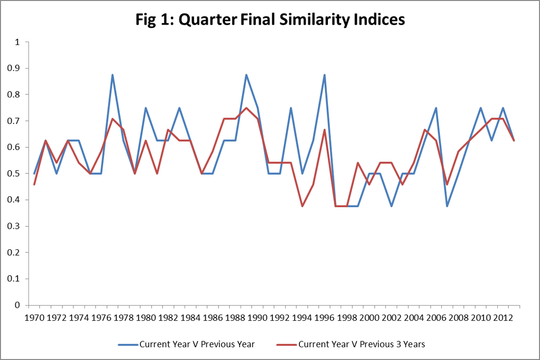
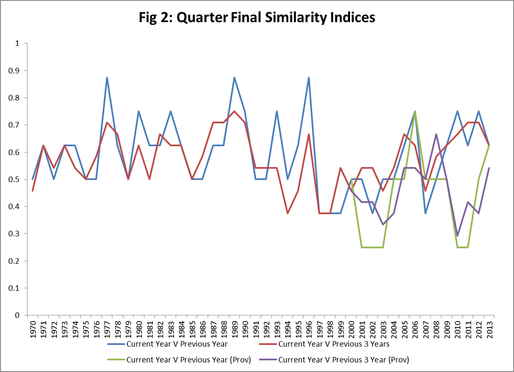
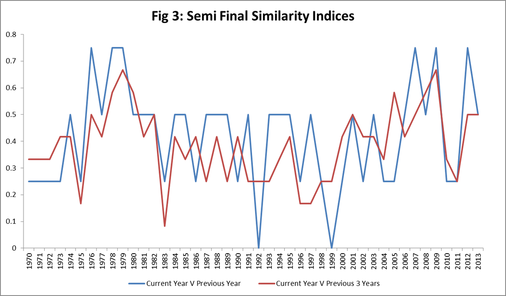
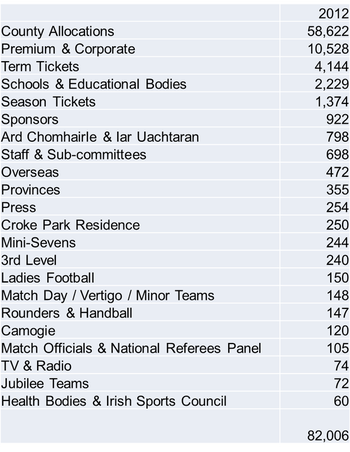
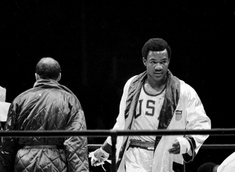
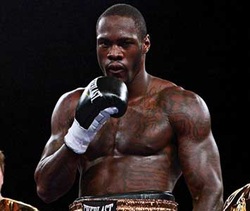

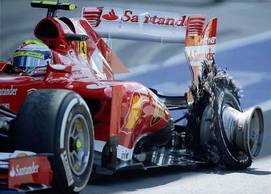

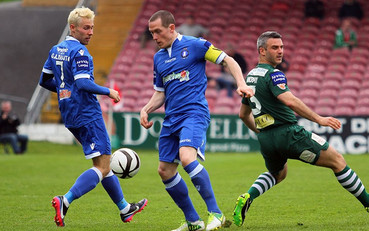
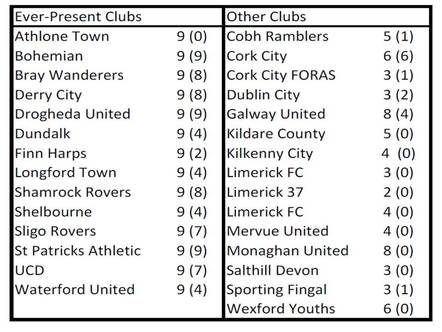

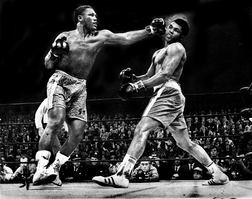
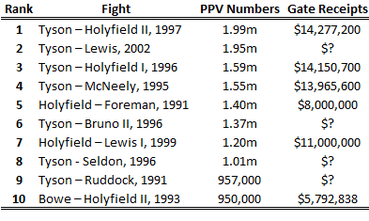
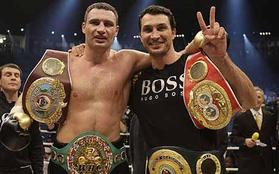
 RSS Feed
RSS Feed